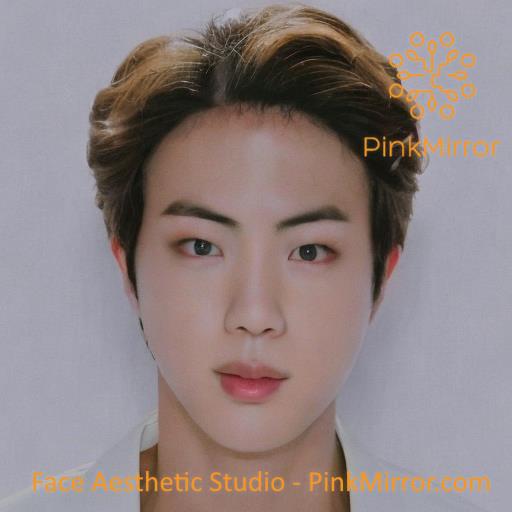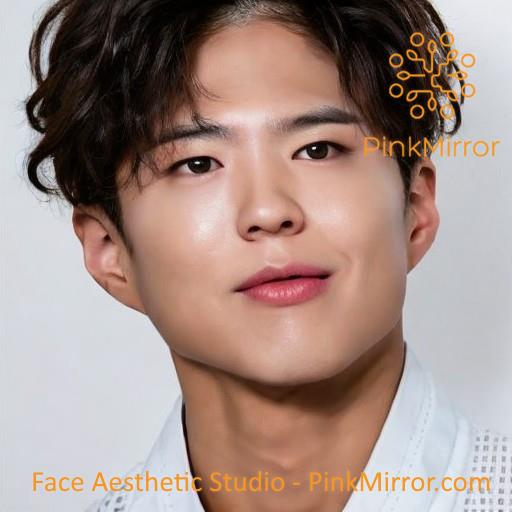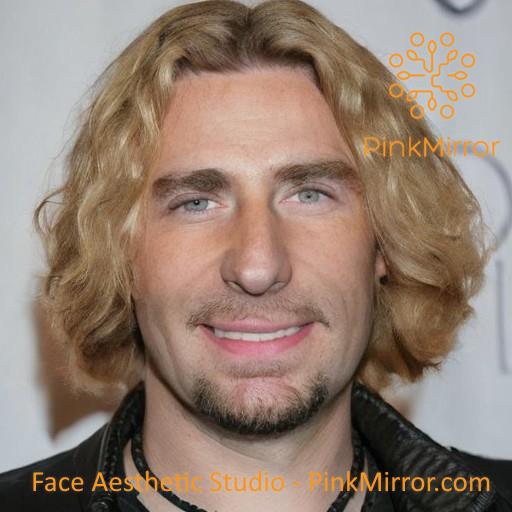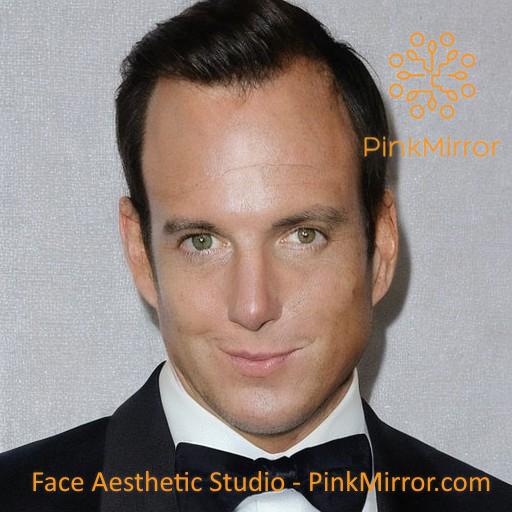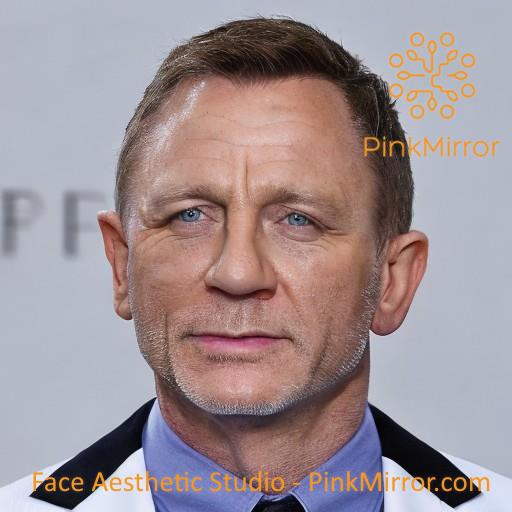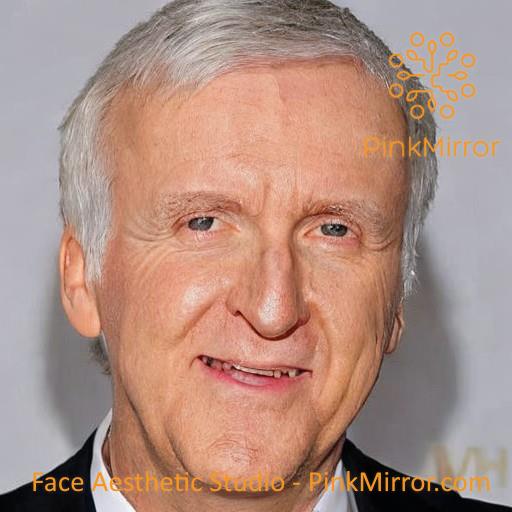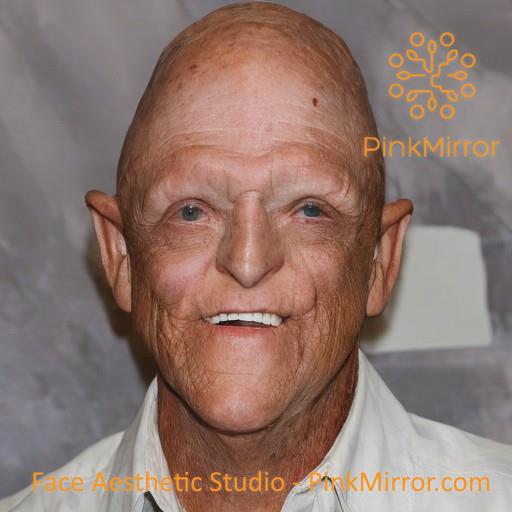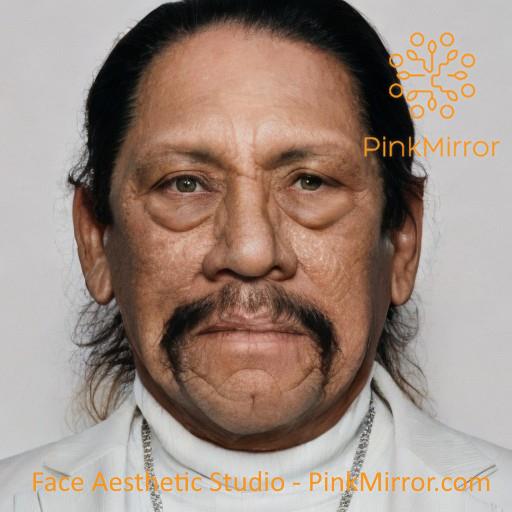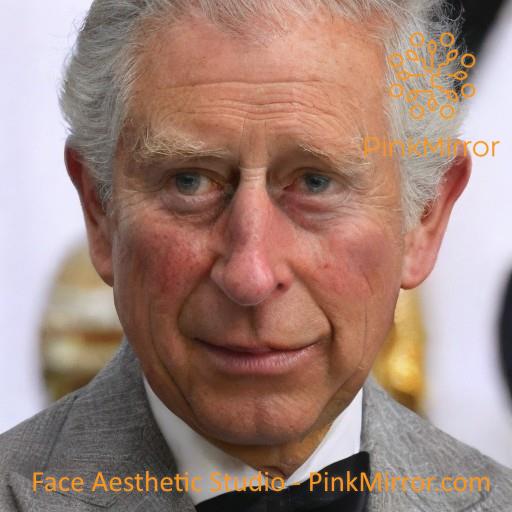Yoo Gong - Facial Feature - Skin Texture
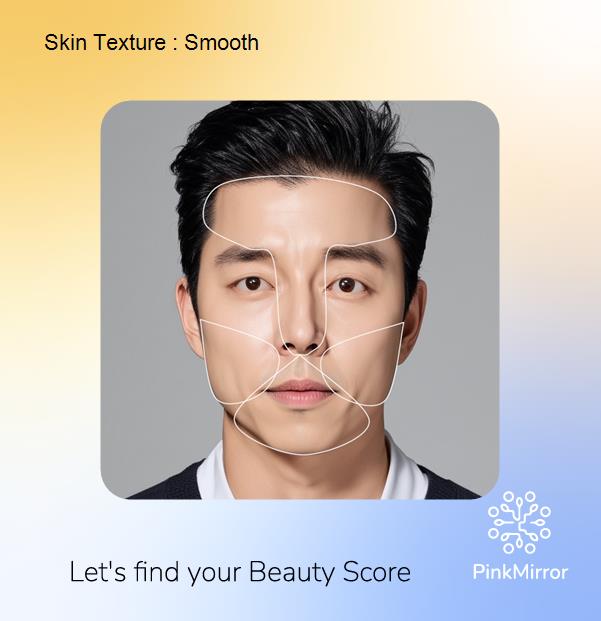
Your skin falls into the Smooth texture category, which is considered a high attractiveness among the four male skin texture types. That’s often seen as very appealing by current standards. Here’s how each category is generally perceived: Smooth – high attractiveness, Textured – high attractiveness, Rough – medium attractiveness, Bumpy – low attractiveness.
- Most Attractive
- Least Attractive
- Your Score
Seamless Appeal: The Draw of Even Skin Texture in Men
Skin texture refers to the feel of someone’s skin when touched, which can range from Smooth, Textured, Rough, and Bumpy based on surface irregularities and variations in the skin. The key to sorting skin texture is how you feel if you touch the face with your fingers.
Smooth: The texture of the skin is healthy and smooth no noticeable irregularities. Smooth skin has a refined and even texture or no texture at all. It appears soft, supple, and free from noticeable irregularities.This type of skin is often associated with a youthful and healthy appearance.
Textured: The texture of the skin is uneven or non - smooth appearance.Reason: mild skin conditions, such as minor acne. Textured skin refers to subtle surface irregularities that create a slightly uneven or non - smooth appearance. It can include small bumps or a slightly rough texture. Textured skin is common among individuals with certain skin types or mild skin conditions, such as minor acne.
Rough: The texture of the skin is dry, flaky, or rough to the touch.Often caused by excessive dryness, sun damage, or certain skin conditions.Rough skin has a noticeably uneven and coarse texture. It may feel dry, flaky, or rough to the touch. Rough skin is often caused by excessive dryness, sun damage, or certain skin conditions.
Bumpy: The texture of the skin is Bumpy, very rough or uneven to the touch.Overall, face appearance is caused by severe acne, folliculitis, or certain skin conditions.Bumpy skin refers to raised bumps or lesions on the skin’s surface. These bumps can vary in size and appearance and may be caused by various factors, including severe acne, folliculitis, or certain skin conditions.Bumpy skin may feel very rough or uneven to the touch.
For men, a smooth skin texture is more attractive than a rough skin texture. Little and Hancock (2002) emphasize that both shape and texture, particularly smooth texture, contribute to attractiveness, associating smooth skin with health and youth. Jones et al. (2004) find that skin health and symmetry affect attractiveness, noting that symmetrical faces are perceived as healthier, even when shape cues are minimized. Lastly, Fink et al. (2006) confirm that smooth skin texture directly correlates with higher attractiveness ratings, independent of facial shape, underscoring skin’s health and appearance as key factors.
Read the detailed study with exact scientific references
Choose a recommendation and track your weekly progress:
Cautionary Note: It's important to note that each individual's skin is unique and may respond differently to various treatments. Always conduct a patch test when trying new products or ingredients, and consider consulting a dermatologist before beginning any advanced treatments.


